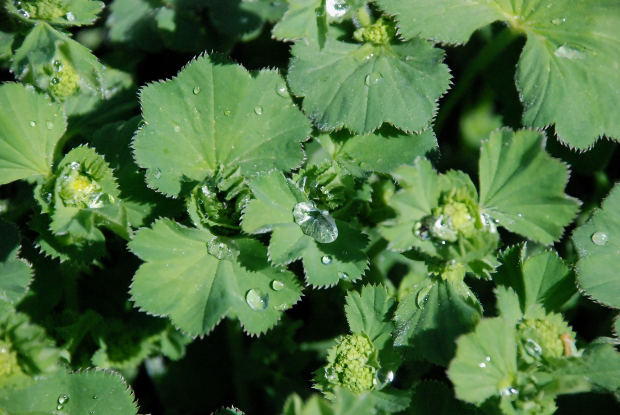 Loading... Please wait...
Loading... Please wait...Save Money. Grow Your Own!
Fast Plain Box Shipping.
We ship to the US & Canada.
Grow Your Own!
5 Hydroponic Do's and Don'ts
Posted on 19th Nov 2015
Now, hydroponic gardening isn't like the King James Bible. There aren’t a set of commandments set in stone that you need to carefully conform to at the risk of lightning striking your plants. But there are some pretty good guidelines for whether or not plants survive in a plant cycle. Here are some of the biggest do’s and don'ts of the hydroponic field.

Do maximize light
You'll always want to make sure that plants have access to enough light to do photosynthesis well. This means paying attention to corner plants and others that don't get the same amount of other natural or artificial light in the grow area.
Evaluate carbon dioxide additions
Adding carbon dioxide can do a lot for your plants in particular situations -- in other cases, it won't. Research CO2 and whether it's a good idea to add canisters or tanks to a grow environment.
Use Ph tools
One of the best things you can do is check your pH value regularly - use solutions like pH up and pH down to adjust accordingly.
Always inspect a grow area
How do you make sure that plants aren’t suffering from nutrient burn, bacterial invasions and dozens of other threats? Take a look. Make it a routine to daily inspect the leaves and stems of plants as well as the reservoir area.
Buy a good pump
You'll also need a well-rated pump that can stand up to the pressures of delivering nutrient-rich water to plants in a grow space. Otherwise, the heart of your nutrient system is suffering, and so are your plants.
Don’ts
Don't let pests in
It's important to know what kinds of pests can be harmful to plants, and keep them out of a hydroponic grow space. This includes fungus gnats and other kinds of tiny critters that can get in and devastate plant cycles.
Don't trust the sun
Some growers just trust natural light or a set of store-bought artificial lights to nourish plants. But they don't look at the specific ways that light reaches the grow area. Don't just wing it when it comes to lighting -- make sure plants are getting what they need.
Don't use ambient temperature
Some growers also set up a grow room in an interior space and just let the building thermostat do the work. You'll need to make sure that plants are at a good temperature, and that their root water is also at optimum temperature, which is often a bit cooler.
Don't let plants grow wild
Hydroponic plants often require pruning and cutting and specific growth strategies to make sure you get a good harvest. Don't just let them fend for themselves -- use tools like trellises or screens to get plants to grow in the best conditions.
Don't ignore warning signs
As soon as you start getting yellowed leaf tips or withered plants, that's the time to spring into action. A laissez-faire approach will leave you with dead plants.
For more check out the Dealzer web site.
